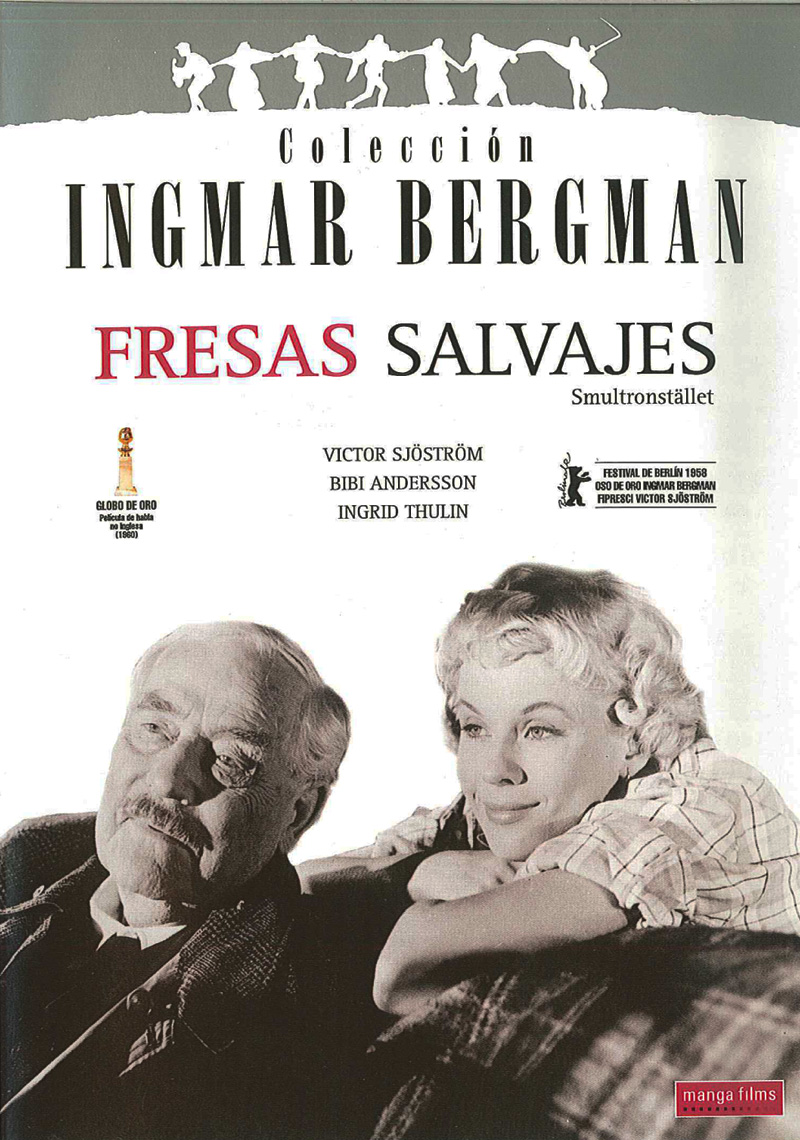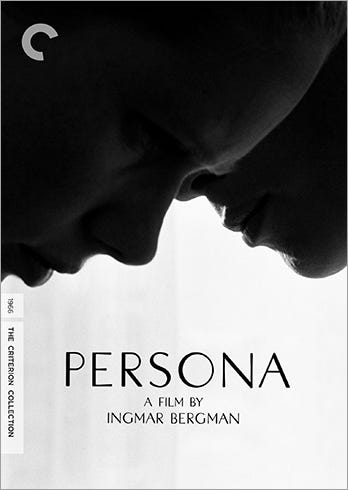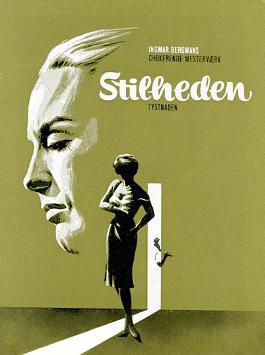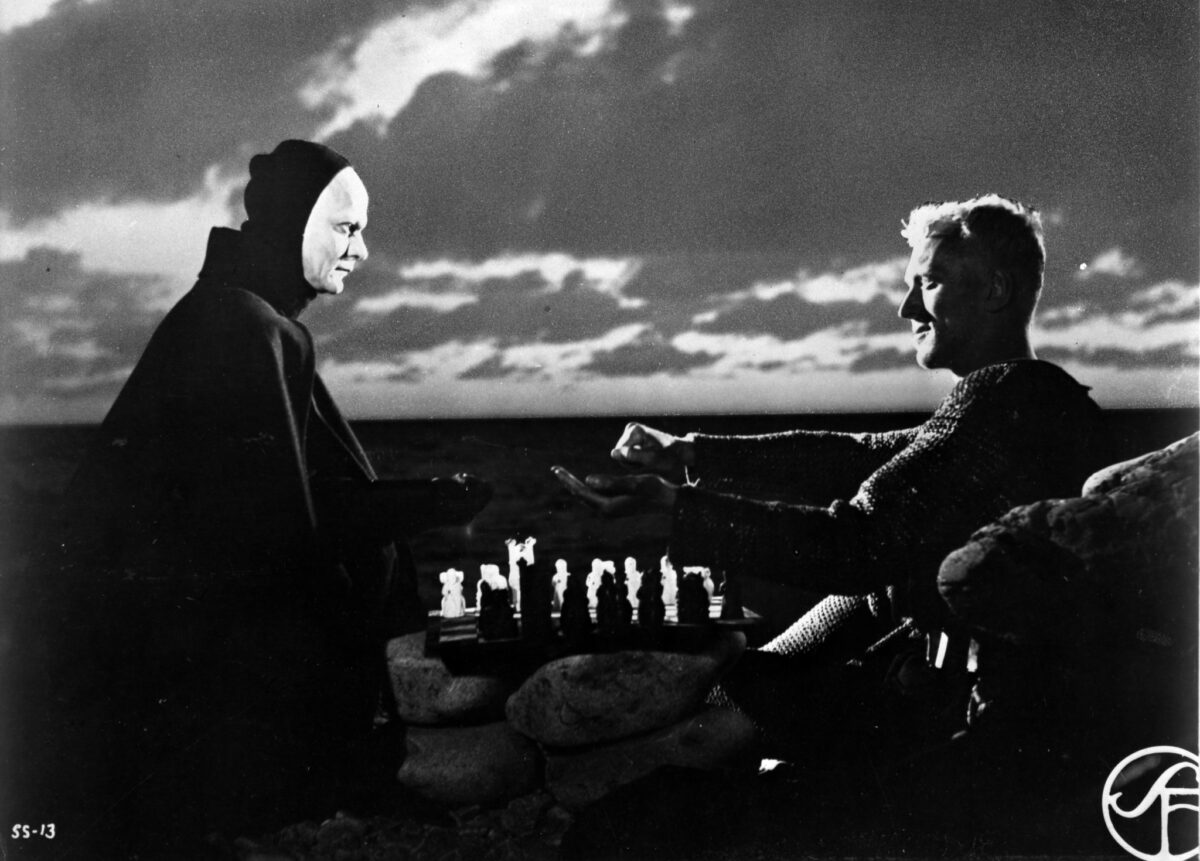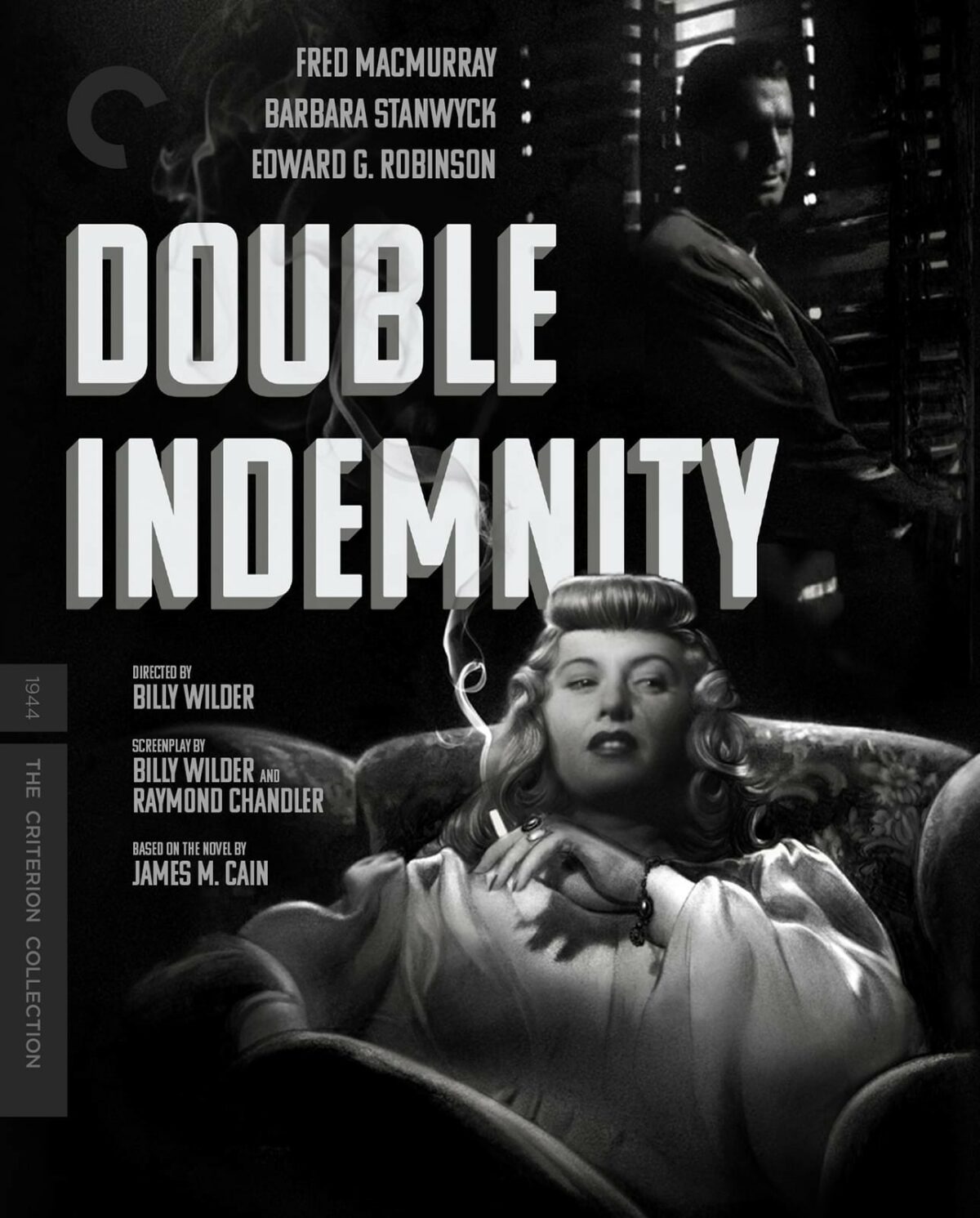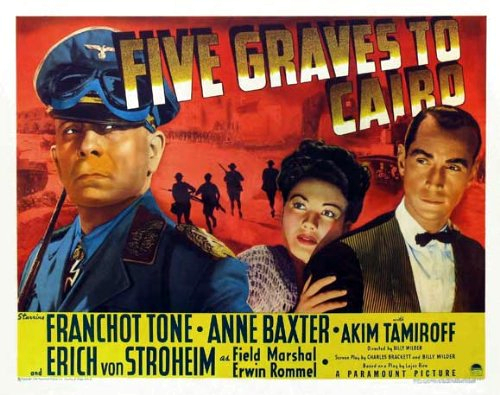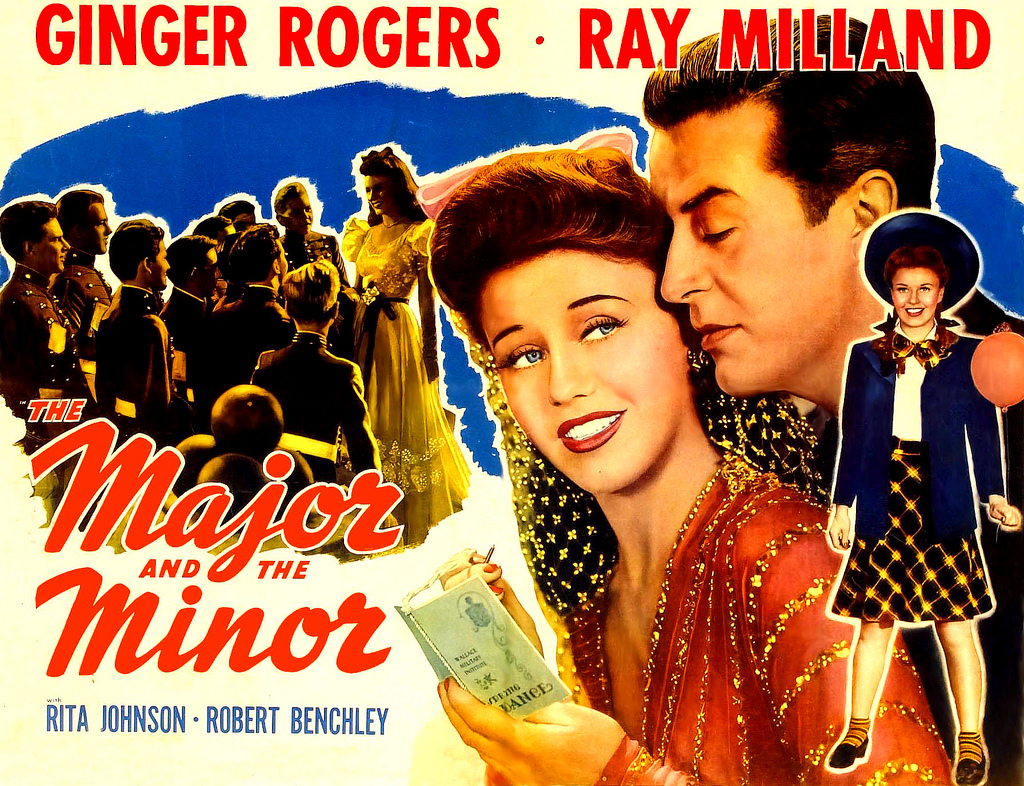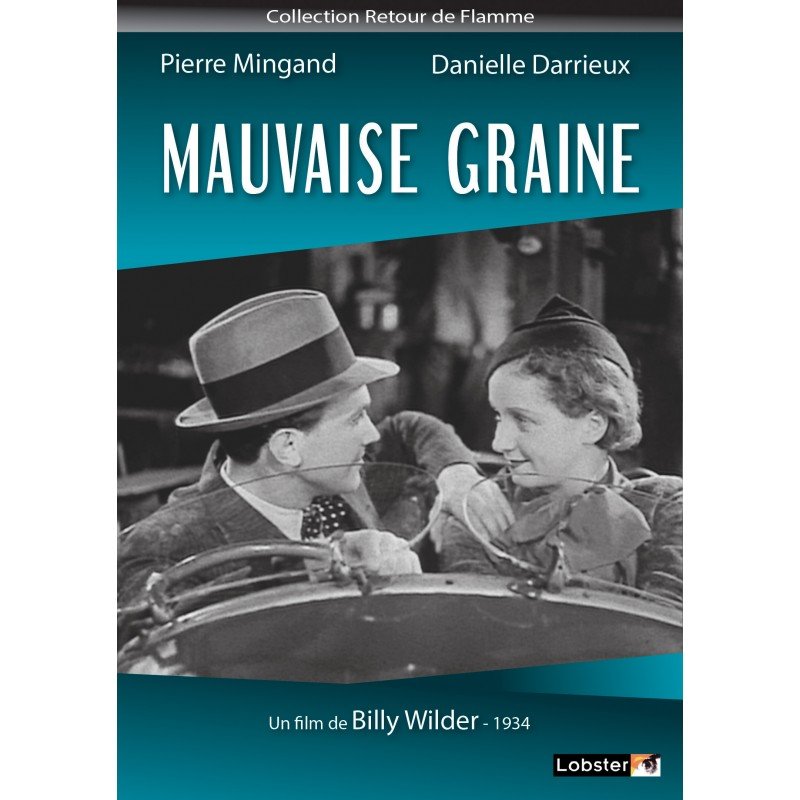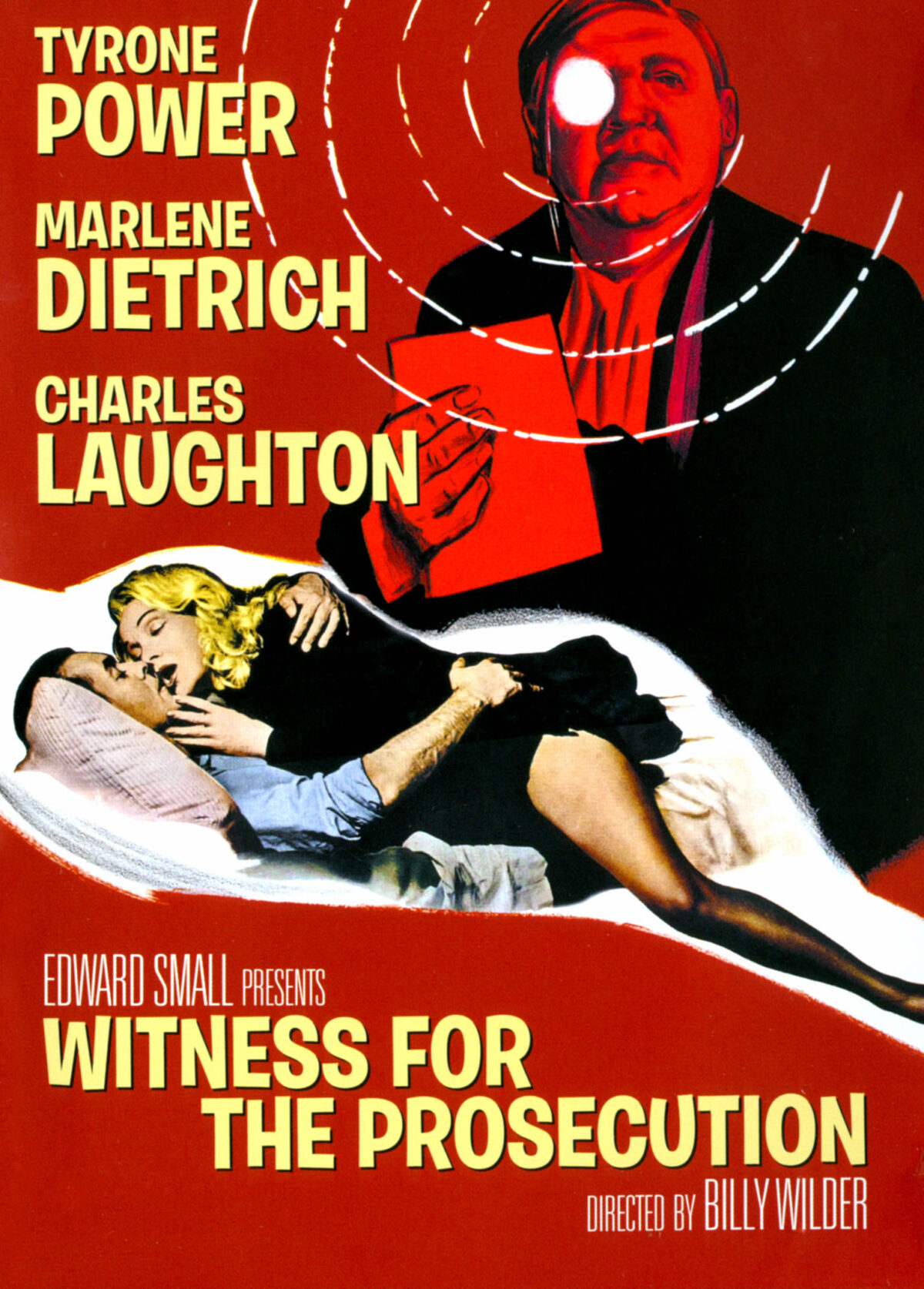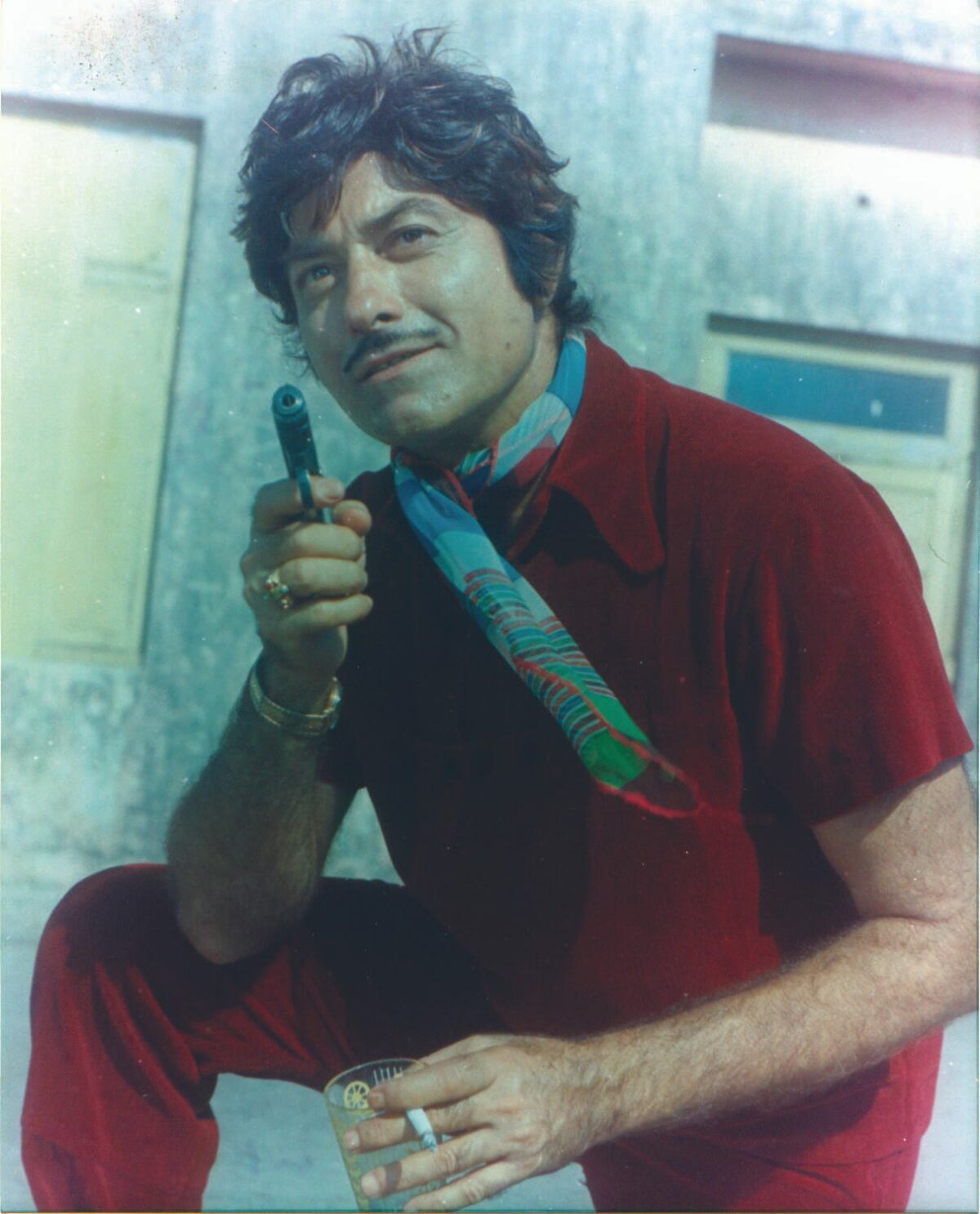In the rich tapestry of cinematic history, few films possess the enduring resonance and emotional depth of Ingmar Bergman’s “Wild Strawberries” (1957). This Swedish masterpiece, hailed as one of Bergman’s greatest achievements, transcends the boundaries of genre to emerge as a timeless meditation on life, memory, and the human condition. In this extensive review, we embark on a profound exploration of “Wild Strawberries,” delving into its narrative intricacies, thematic richness, visual poetry, and lasting impact on cinema.
Plot Synopsis:
“Wild Strawberries” follows the journey of Professor Isak Borg (played by Victor Sjöström), an elderly and renowned physician who embarks on a road trip from Stockholm to Lund to receive an honorary doctorate. Accompanied by his daughter-in-law Marianne (Ingrid Thulin), Borg finds himself confronting a series of haunting memories, dreams, and reflections from his past. Along the way, he encounters a cast of characters who serve as reflections of his own inner turmoil and existential crisis, including hitchhikers Sara (Bibi Andersson) and Viktor (Björn Bjelfvenstam), whose youthful energy and optimism stand in stark contrast to Borg’s own sense of disillusionment and regret.
Themes and Symbolism:
At its core, “Wild Strawberries” is a meditation on the passage of time, the nature of memory, and the quest for meaning and redemption in the face of mortality. Bergman explores these themes through a series of dreamlike sequences, symbolic imagery, and existential musings that invite viewers to ponder the complexities of human existence. The film’s title, “Wild Strawberries,” serves as a metaphor for the fleeting joys and bittersweet memories of youth, as well as the inevitable decay and impermanence of life itself. Through Borg’s introspective journey, Bergman delves into the depths of the human soul, exploring the profound emotional resonance of memory and the transformative power of self-discovery.
Performances:
The performances in “Wild Strawberries” are nothing short of extraordinary, with Victor Sjöström delivering a mesmerizing portrayal of Professor Isak Borg that ranks among the finest in Bergman’s oeuvre. Sjöström imbues Borg with a quiet dignity, vulnerability, and depth of emotion that makes his character’s journey from detachment to self-awareness all the more poignant. Ingrid Thulin shines as Marianne, Borg’s daughter-in-law, whose compassionate presence serves as a guiding light on his journey of self-discovery. The supporting cast, including Bibi Andersson and Björn Bjelfvenstam, deliver nuanced and emotionally resonant performances that add depth and complexity to the film’s thematic exploration.
Cinematic Craftsmanship:
Bergman’s direction in “Wild Strawberries” is nothing short of masterful, with each frame meticulously composed to evoke a sense of nostalgia, longing, and existential yearning. The film’s lush black-and-white cinematography, coupled with its haunting score by composer Erik Nordgren, creates an atmosphere of melancholic beauty and emotional depth that lingers long after the credits roll. Bergman’s use of symbolism, metaphor, and visual poetry adds layers of meaning and complexity to the narrative, inviting viewers into a rich tapestry of memory, emotion, and existential reflection.
Impact and Legacy:
Upon its release, “Wild Strawberries” was hailed as a masterpiece of Swedish cinema, earning widespread acclaim from critics and audiences alike for its profound insights into the human condition and its exquisite craftsmanship. The film’s exploration of memory, mortality, and the search for meaning continues to resonate with viewers around the world, cementing its status as a timeless classic. “Wild Strawberries” remains a landmark achievement in Bergman’s illustrious career, a testament to his unparalleled talent as a filmmaker and his enduring legacy as one of cinema’s true visionaries.
Conclusion:
In conclusion, “Wild Strawberries” stands as a cinematic triumph, a haunting and introspective exploration of life, memory, and the human spirit. Through its profound themes, mesmerizing performances, and exquisite craftsmanship, Ingmar Bergman crafts a film that transcends the boundaries of time and space to touch the depths of the human soul. “Wild Strawberries” remains a timeless masterpiece that continues to inspire, provoke, and resonate with audiences around the world, reaffirming its rightful place as one of the greatest films ever made.
